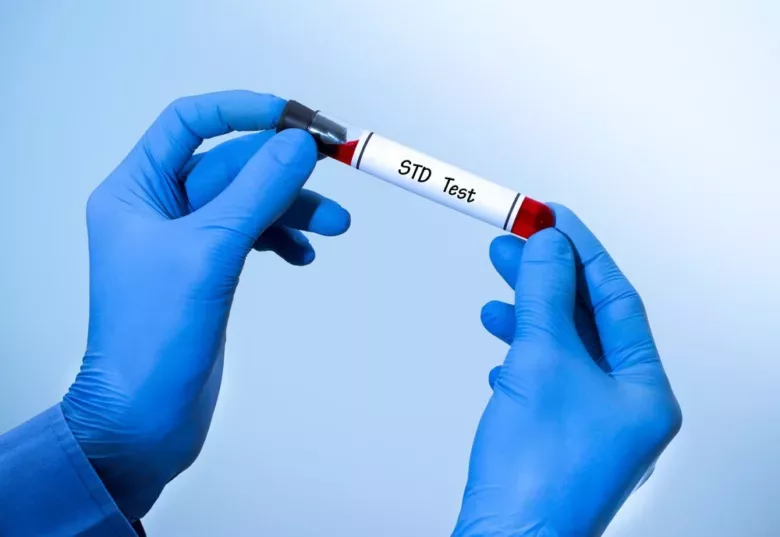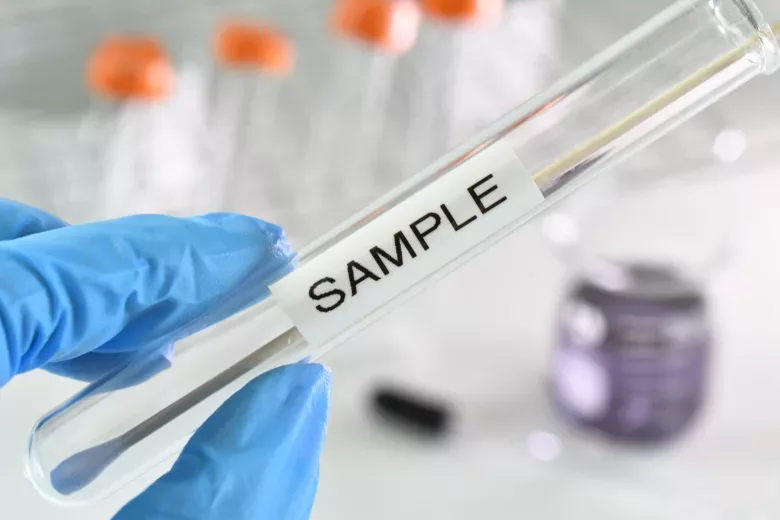Nobody wants to contract an STD.
Unfortunately, sexually transmitted diseases exist, and you are at risk of contracting one, particularly if you are sexually active. It’s crucial to learn about STDs, including which types exist and what symptoms they can cause.
Are you ready to safeguard your health against sexually transmitted diseases and infections? Some of these infections are more well-known, such as chlamydia, gonorrhea, genital herpes, and HIV. Many more, however, go unmentioned. Understanding these common STDs can help you protect yourself and your loved ones from future health problems. In addition to that, it will also make you more aware of the importance of timely STD tests and routine health check-ups.
Common Types of STDs and Their Symptoms
STIs with no symptoms
Many STIs have no visible signs or symptoms (asymptomatic). Even if you have no symptoms, you can transmit the infection to your partners. As a result, it’s critical to use protection, such as a condom, during sex. Also, see your doctor regularly for STI screening so that you can identify and treat an infection before it spreads.
Symptoms of Chlamydia
Chlamydia is a bacterial infection that affects the genital tract. Because early-stage infections frequently cause few or no signs and symptoms, Chlamydia can be difficult to detect. When they do occur, symptoms usually appear one to three weeks after being exposed to chlamydia and can be mild and short-lived.
Among the signs and symptoms are:
- Urination that hurts
- Lower abdominal discomfort
- Female vaginal discharge
- In men, discharge from the penis
- Women experience pain during sexual intercourse.
- Bleeding between menstrual cycles in women
- Male testicular pain
If you are experiencing any of the symptoms mentioned above, you need to go for STD testing.
Symptoms of Trichomoniasis
Trichomoniasis is a common STI caused by Trichomonas vaginalis, a microscopic, one-celled parasite. This organism spreads through sexual contact with someone who is already infected.
In men, the organism typically infects the urinary tract but rarely causes symptoms. Trichomoniasis typically affects women’s vagina. Trichomoniasis symptoms can appear five to 28 days after exposure and range from mild irritation to severe inflammation.
Among the signs and symptoms are:
- Vaginal discharge can be clear, white, greenish, or yellowish.
- The discharge of the penis
- The vaginal odor is very strong.
- Itching or irritation in the cervix
- Internal itching or irritation of the penis
- Pain during a sexual encounter
- Urination that hurts
Early HIV signs and symptoms
Early HIV signs and symptoms typically fade within a week to a month and are frequently misdiagnosed as those of another viral infection. You are extremely contagious during this time. More persistent or severe HIV symptoms may not appear for ten years or more after the initial infection. Among the early-stage HIV symptoms are:
- Fever
- Headache
- Swollen lymph glands and a sore throat
- Rash
- Fatigue
HIV infection in late stages
The following are signs and symptoms of late-stage HIV infection:
- Chronic, unexplained fatigue
- Sweating at night
- For several weeks, you may experience shaking chills or a fever of more than 100.4 F (38 C).
- Lymph node swelling that has lasted more than three months
- Diarrhea that persists
- Chronic headaches
- Odd, opportunistic infections
Symptoms of genital herpes
Genital herpes is a highly contagious sexually transmitted infection (STI) caused by a strain of the herpes simplex virus (HSV) that enters the body through small breaks in the skin or mucous membranes.
When genital herpes is present, the following signs and symptoms may occur:
- Small red bumps, blisters (vesicles), or open sores (ulcers) in the genital and anal areas, as well as the surrounding areas
- Itching or pain in the genital area, buttocks, or inner thighs
Urination can be painful if you have an ulcer. Until the infection clears, you may experience pain and tenderness in your genital area. During the first episode, you may experience flu-like symptoms such as a headache, muscle aches, fever, and swollen lymph nodes in your groin.
STD Testing in Phoenix & Scottsdale, Arizona
Phoenix is not immune to the STD pandemic. The number of people getting tested for STDs in Phoenix has increased. You should get tested and treated as soon as possible to help reduce the prevalence of STDs in the greater Phoenix area. Your ultimate destination for STD screening in Phoenix is Affordable Rapid Testing.
Conclusion

It is challenging to foresee when you might be at risk because you can’t always identify an STD. All sexually active people should therefore take an STD test frequently. Watch our blog entries for more pertinent health information.


